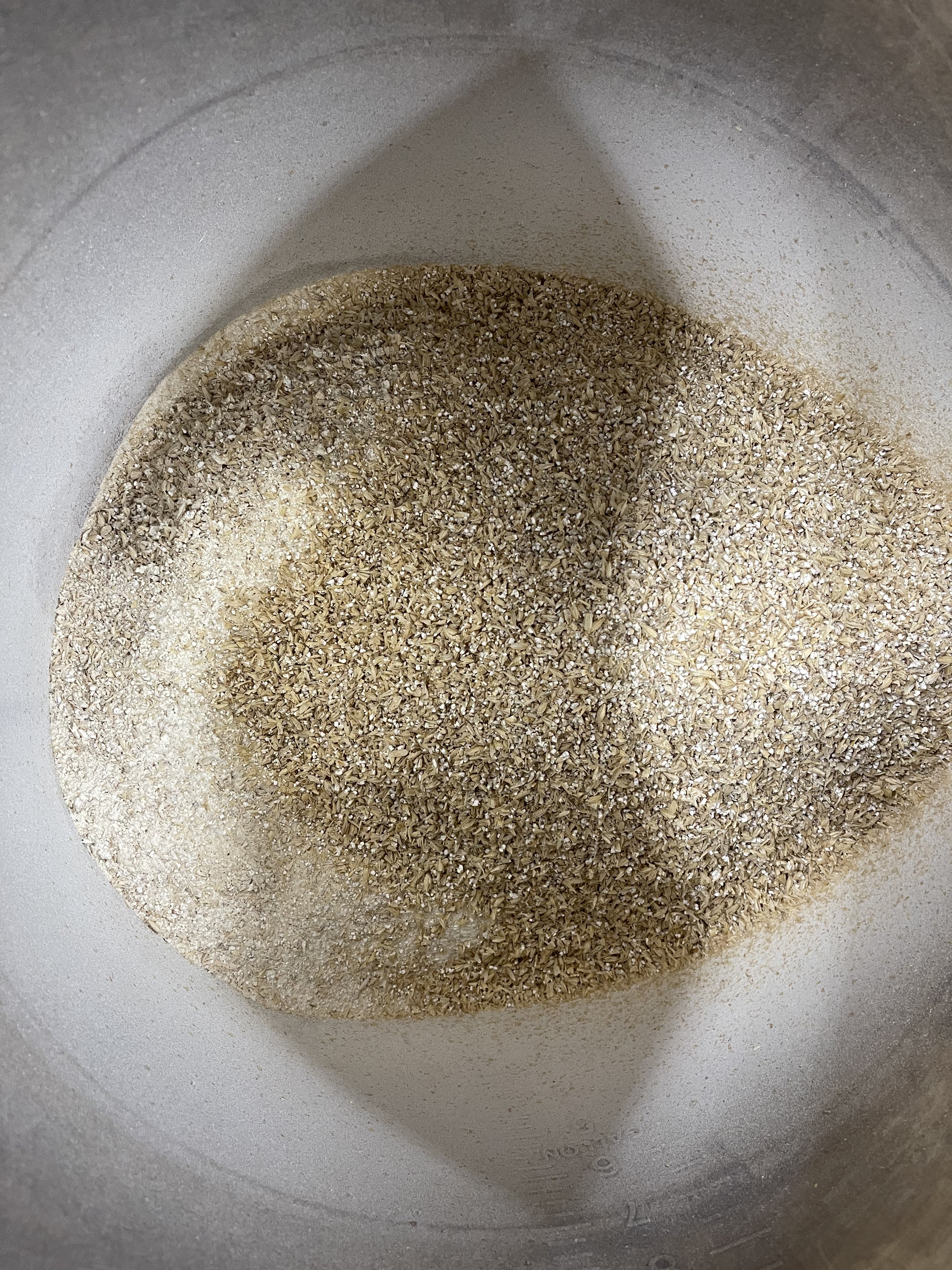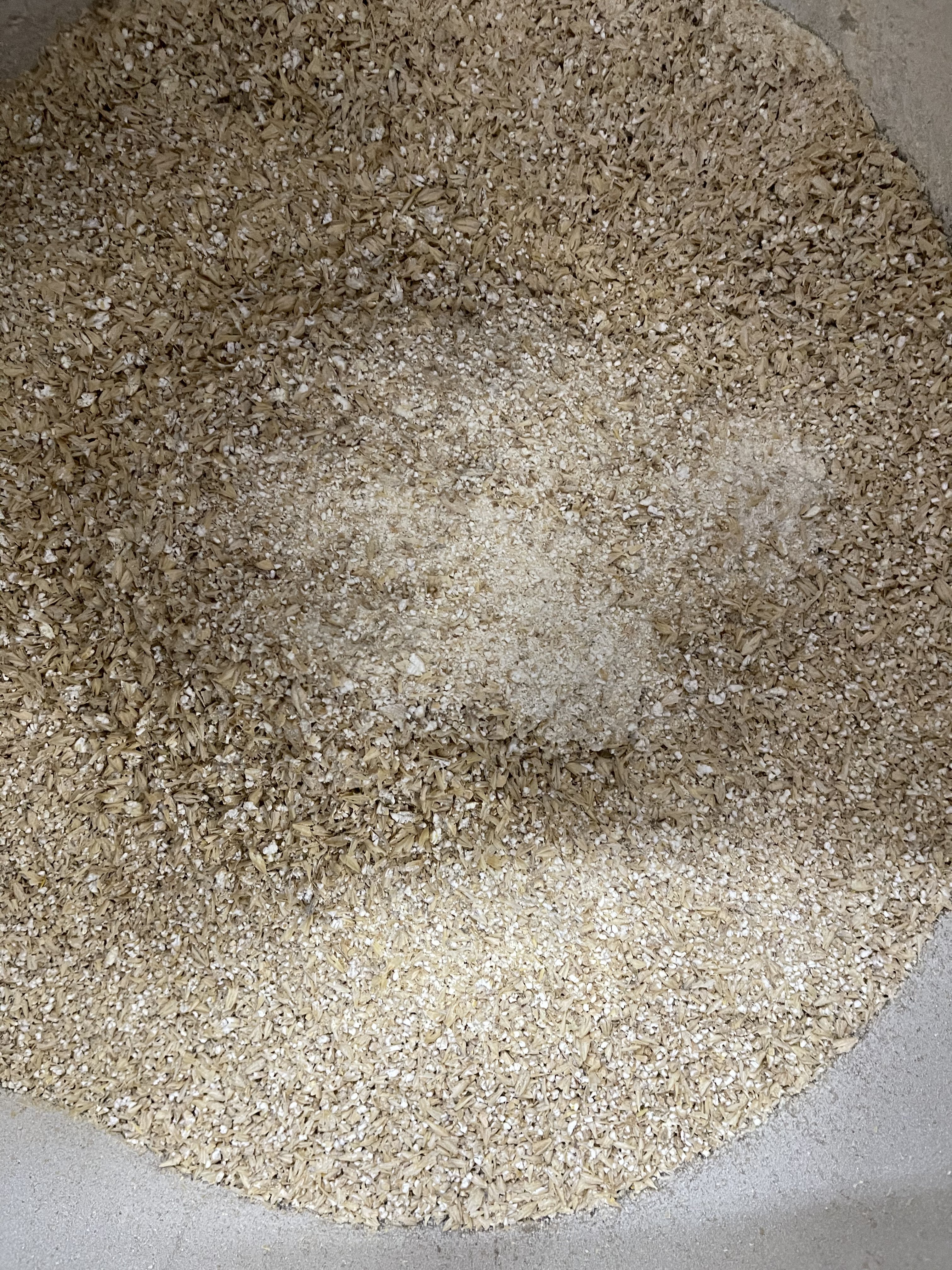So after a lot of online research and re-reading the above posts, I believe I'm not the only one who's experienced slow draining from the grain basket and perhaps I shouldn't expect it to drain as fast as my previous system (brewzilla 35L). I believe it's called a "stuck mash" when I'm draining about 1/2 gallon of wort in 20-30 minutes.
I've submitted a question to Spike Brewing to see what they recommend but I'm following all the instructions on their website. I'm milling at 0.035", my recirculation is far less than 25%...it's barely a trickle. Spike says not to use rice hulls but I'm wondering if I should anyway. I'm also thinking about jumping up to 0.040" for my next batch. Also, has anyone else thought about using a bag inside the grain basket? If I used a bag, it would prevent any grains from falling into the kettle. Also, it would provide insurance if another stuck mash occurs.
If anyone has any ideas I'd like to hear them. If you've had success with the Spike solo system (in terms of wort draining after lifting the basket) then I"d like to hear what your grain size was as well as the types of grain you used.
I've submitted a question to Spike Brewing to see what they recommend but I'm following all the instructions on their website. I'm milling at 0.035", my recirculation is far less than 25%...it's barely a trickle. Spike says not to use rice hulls but I'm wondering if I should anyway. I'm also thinking about jumping up to 0.040" for my next batch. Also, has anyone else thought about using a bag inside the grain basket? If I used a bag, it would prevent any grains from falling into the kettle. Also, it would provide insurance if another stuck mash occurs.
If anyone has any ideas I'd like to hear them. If you've had success with the Spike solo system (in terms of wort draining after lifting the basket) then I"d like to hear what your grain size was as well as the types of grain you used.
Last edited:



















![Craft A Brew - Safale S-04 Dry Yeast - Fermentis - English Ale Dry Yeast - For English and American Ales and Hard Apple Ciders - Ingredients for Home Brewing - Beer Making Supplies - [1 Pack]](https://m.media-amazon.com/images/I/41fVGNh6JfL._SL500_.jpg)













































